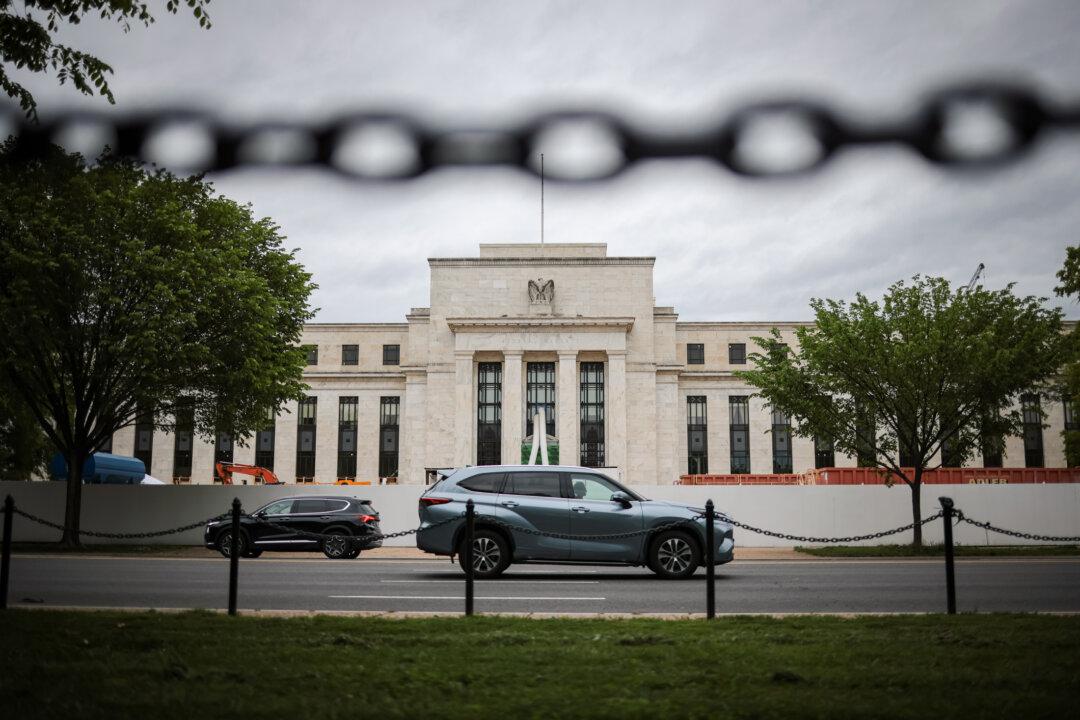Commentary
China’s proposal of a 300 billion Yuan bank loan to rescue the housing sector is obviously a tiny amount compared to the amount outstanding; I discussed this in last week’s piece here. At first glance, it looks odd that the proposal orders banks to play the role of lender of last resort instead of the central bank. For most countries facing such a huge crisis, the central bank printing money and injecting liquidity is almost the designated act. Interestingly, however, the People’s Bank of China did not do anything like this, and there was not even a rate cut cycle.





